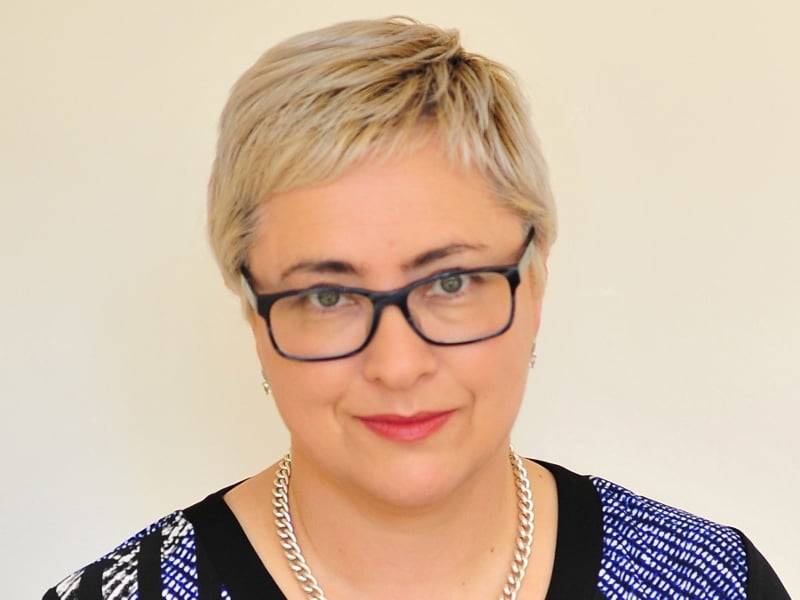Communications Minister Mitch Fifield says Australia is in the grip of “evangelical fervour” regarding the Internet of Things. But analysis shows the nation is still in explorer mode.
Speaking last week at a meeting of the IoT Alliance Australia and the switch-on of a free CBD test gateway for IoT trials, the Minister said enterprises were already sitting on “digital gold mines” in terms of the data reserves they had, but that few were being fully exploited.
In the future, the volume of data available is set to explode, referencing statistics suggesting that today’s 6.4 billion global connected devices would surge to 20.8 billion by 2020.

For the government, Senator Fifield said that “IoT is not limited to a single portfolio or industry” and that as a former assistant minister for social services he believed that there would be a massive opportunity in health care and aged care.
He also said that Agriculture Minister Barnaby Joyce was fully aware of the potential of connected devices that could track water levels, crop health and movement of cattle for starters.
Senator Fifield said that the IoT; “in Australia could have an impact of up to $116 billion by 2025.”
But he acknowledged that government still had to get its policy settings right; “In some cases to establish a regulatory environment to encourage investment and infrastructure…and to remove barriers to the development of new technologies. Management of spectrum is a case in point.”
Spectrum allocation for IoT applications is one of the issues being considered by the IoTAA’s six workstreams.
Senator Fifield noted there was a finite allocation of spectrum, which would be stretched further by the looming deployment of 5G services. The current framework has been in place since 1992 – a time when the world wide web was just a year old.
Following the release of the Spectrum Review in 2015, the Department of Communications and the Arts this year sought input to proposals to reform the Radio Communications legislation and – according to Senator Fifield – to “Get rid of regulatory impediments…and ensure spectrum remains available” for multiple applications including IoT.
Spectrum allocation isn’t the only issue to be addressed. He noted that; “As the IoT grows and our reliance on those services grows, the risk will grow and our need to protect ourselves will also grow in line.”
He added that given the IoT was fundamental to driverless cars, medical monitoring, emergency services response, “we want to make sure we get this right.”
When it comes to “getting it right” in smart cities the Government this week leant its support to the UK developed Hypercat standard which allows different internet connected devices to find one another and share information.
Hypercat Australia is being established as an independent, not-for-profit organisation and the standard will be administered by the Knowledge Economy Institute led by Dr Mike Briers, who is Australia’s first Industry Professor of IoT at the University of Technology Sydney.
Smart cities however represent just one use application for IoT. IDC analyst Hugh Ujhazy told the IoTAA meeting that he had identified 53 separate user cases for IoT from connected cows to freight monitoring, through smart lighting and surveillance. However, he said that Australia was “predominantly in the explorer mode.”
To aid explorers, KPMG and IoTAA this week switched on an IoT gateway that will allow IoT systems to be tested in the Barangaroo area of Sydney.
The Barangaroo Community gateway uses the LoRaWAN standard for low power, long-range IoT systems, and will allow up to 1,000 IoT devices operating within a 3-5 Km radius of the KPMG tower to connect their IoT devices for free for protoyping, testing, solution development and learning.
Another of the IoTAA workstreams focusses on startups and is led by Stuart Waite, from IoT consulting business Timpani.
According to Mr Waite, despite the interest in the area, it was; “Very hard to be an IoT startup right now,” largely due to a lack of funds.
“It is difficult to raise significant amounts here,” Mr Waite said. “[It’s] not too hard to arrange Angel finance to $500,000 or $1 million dollars, but beyond that it’s incredibly difficult.”
Kate Carruthers is no stranger to the challenges of IoT startups, and is now onto her second after the failure of a hardware business, Moore’s Cloud.
Ms Carruthers, who is also chief data officer at the UNSW and a board member of the NSW Data Analytics Centre’s advisory board, said that one of the challenges with the first business arose from “knowing where you can manufacture the prototype, then the early manufacturing and then ramp to scale.”
To address the same issues for other hardware businesses, Ms Carruthers and her business partner David Turnbull have announced IoTM.
“We are creating a marketplace to bring hardware and factories together. There is a downturn in China so manufacturers are looking for companies to work with,” she said.
The IoTM site, which went live last week, is seeking registrations of interest while Ms Carruthers and Mr Turnbull locate a Chinese partner who will help them curate a collection of Chinese manufacturers able to take on specific roles.
The marketplace will also hold in escrow any manufacturing fees, until goods are received in good order so as to reduce risk for IoT makers. Over time Ms Carruthers said that IoTM would also provide a mechanism for rating different manufacturers.
Born with a global focus the company will target IoT makers in the US, Canada, the EU, UK and Australia and Ms Carruthers said that she expects the site to be up and running by the end of this or early next year.
Do you know more? Contact James Riley via Email.

